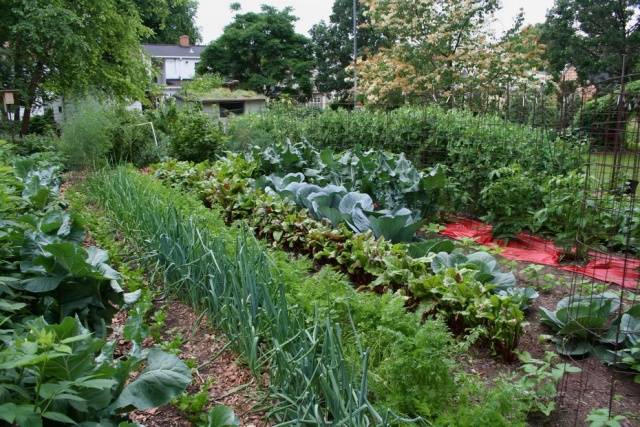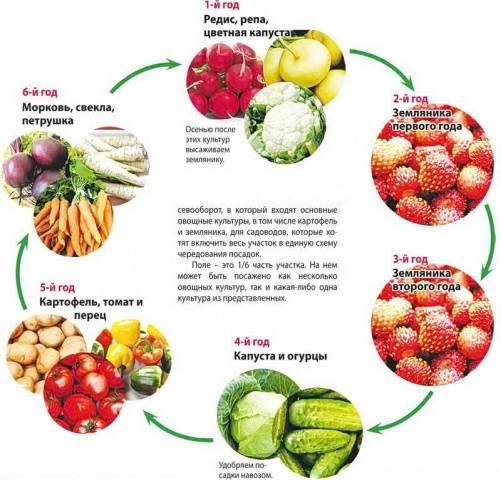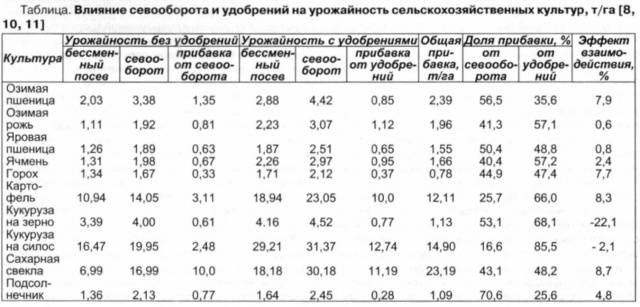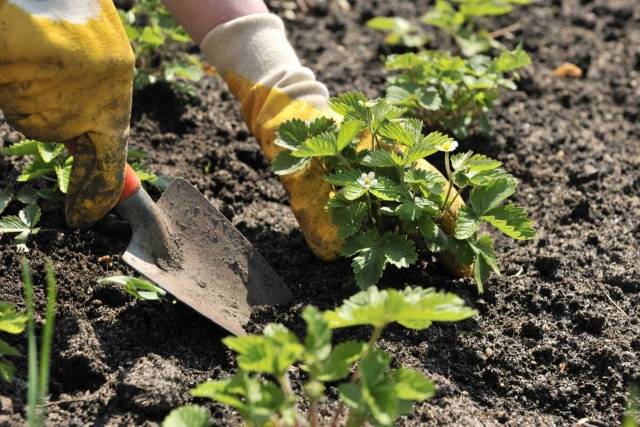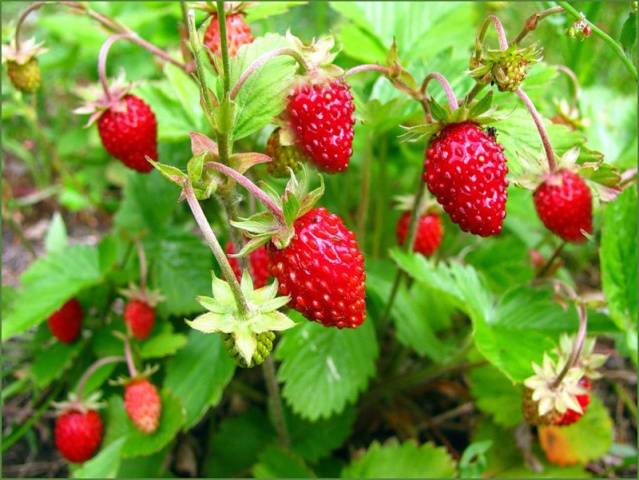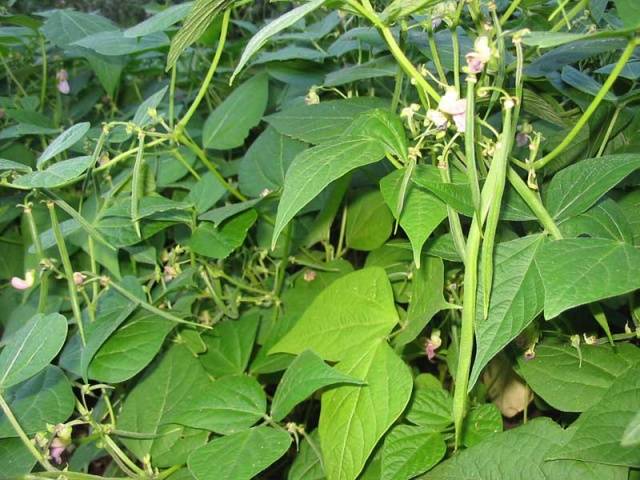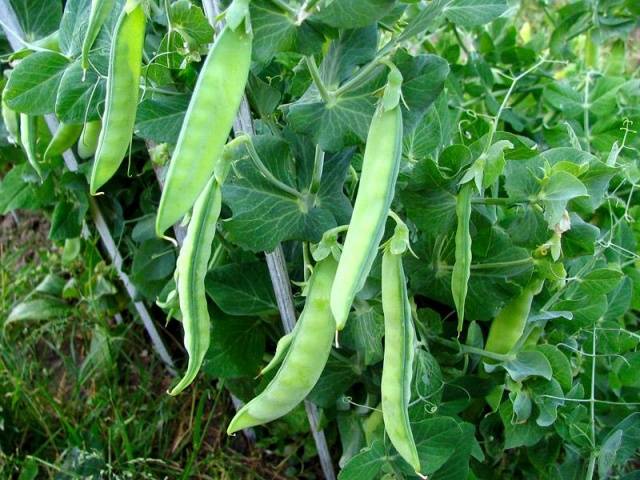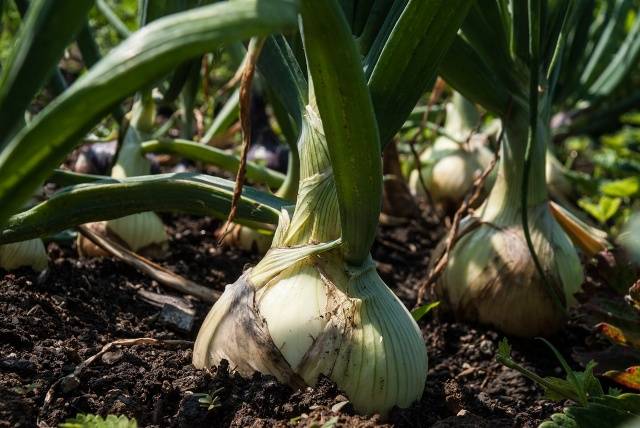Content
Experienced summer residents know for certain that not all cultivated plants can be planted after strawberries. This is because the plant is very depleting of the soil, drawing out the maximum amount of nutrients from it. This raises the question of what to plant after the strawberries? What plants will give a good harvest?
In this article, we will discuss the importance of crop rotation and the basic rules. And also you will learn how to quickly restore the soil after planting this plant. In addition, we suggest you watch a video on what and when you can plant after strawberries.
Crop rotation value
A necessary measure in agricultural technology is crop rotation. This means that the next time the plants are planted, they need to be planted in a new place. This applies to both many annual and perennial crops, including berries.
Strawberries can grow and bear fruit in one place for 4 to 6 years. It all depends on the fertility of the soil and the frequency of fertilization. After the specified time, the bushes need to be transplanted to a new place.
In view of all of the above, you should take your crop rotation very seriously if you are interested in a bountiful harvest. You need to familiarize yourself with the information about which crops can precede strawberries, and which can be planted after it.
Thanks to crop rotation, gardeners rationally use the land, which also contributes to the renewal of the mineral composition of the soil and saturation with microelements. Strawberries absorb nitrogen, potassium and various trace elements from the soil. Therefore, the soil during its cultivation must be fertilized with organic matter and sufficiently loose.
Plants react differently to weeds, diseases, viruses and pests. Anything that can harm strawberries will not harm carrots. That is why you should adhere to crop rotation.
Basic rules of crop rotation
The looseness, nutrient composition, structure, density and structure of the fertile soil layer must meet the requirements of each individual crop. In addition, different plants have their own threshold of resistance to pests, diseases and weeds. The principles of crop rotation are based on the knowledge of all of the above points. So, by alternating the planting of crops, you can maintain the microflora of the soil and the productivity of cultivated plants.
There is one set of rules that apply to the cultivation of all cultivated plants:
- Planting crops alternate based on what part of them is used for food - fruits, roots, leaves or berries.
- For the Rosaceae family, a significant role is played by the degree of looseness of the soil and the presence of trace elements in it. In place of strawberries, plants should be planted that are resistant to ailments characteristic of Rosaceae.
- The roots of this berry go deep into the ground, which means that after it you need to plant plants with a shallow root system.
- Vegetables that will be planted next year after strawberries must be able to restore potassium and nitrogen levels in the soil.
How to restore the state of the fertile layer
If strawberries have been growing in one place for more than 4 years, then the planting must be rejuvenated. Moreover, they should be landed in a new place. Since, as mentioned above, the bushes deplete the soil, before planting other crops, it must be reanimated. How to do it?
- Collect any remaining strawberries and weeds from the garden and burn them.So, strawberry diseases will not spread to other crops that can be planted instead of bushes.
- Dig deep into the bed, because during the period of growing strawberries, the ground has become very compacted.
- Before other crops are planted, a thorough weeding of the site is carried out. In the process of digging, it is necessary to remove all roots of perennial and annual weeds.
- Before digging up the soil, organic fertilizers should be applied to it. It can be humus or rotted manure.
- To reanimate the soil, you can sow green manure in the beds. Mustard and legumes are best suited for this.
- What to plant after strawberries can be judged by the condition of the soil. Summer residents noticed that the soil after strawberries is infected with various pathogenic bacteria and pests. To heal the soil, plant garlic or onions in the garden. To scare away slugs, you can plant celery and parsley between the rows.
- Flowering plants perfectly restore the earth. If you have enough land, you can plant tulips, peonies, garden violets, or daffodils instead of strawberries.
What can not be planted after strawberries
Crops from the Rosaceae family cannot be planted in their place of growth. Plants from the Rosaceae family include raspberries, mountain ash, hawthorn, rose hips, strawberries and cloudberries. This is due to the fact that these plants have general requirements for the soil - it must be saturated with organic matter and fertile. And on the other hand, these plants die from the same viruses, diseases and pests.
What to plant after strawberries
Now let's talk about what and why you can plant after strawberries. According to many gardeners, after the berry, greens, root vegetables and leafy vegetables can be grown. The best way to restore soil conditions is to plant legumes. Why?
The roots of leguminous plants contain bacteria that help to assimilate nitrogen from the air. Moreover, these plants do not assimilate nitrogen from the soil, but, on the contrary, enrich it with this microelement. So, you will get a good harvest from the depleted soil and the next year you can grow a bountiful harvest of other crops.
If strawberries did not grow in the beds for long, then after it you can plant garlic or onions on them, which cleanse the soil from pests, diseases and viral infections. If the berry has been growing in the beds for a long time, and you still decide to plant onions or garlic on it, then these plants will need to be fed, otherwise you should not expect a good harvest. All plantings should be watered sparingly, depending on weather conditions. This should be done about once every 2-3 days. Observe the condition of the soil and from this adjust the frequency of watering.
So, after the strawberries, the soil needs to be restored. Plants from the legume family are the best for this. Do not plant after this berry plants from its own family. Otherwise, you should not expect a harvest. Such actions are useless. If you plant legumes on this site in the first year after the berries, then the next year any other cultivated plantings will bear fruit perfectly on it. It will be advisable to plant plants from the Rosaceae family on this site only after 5-6 years.
